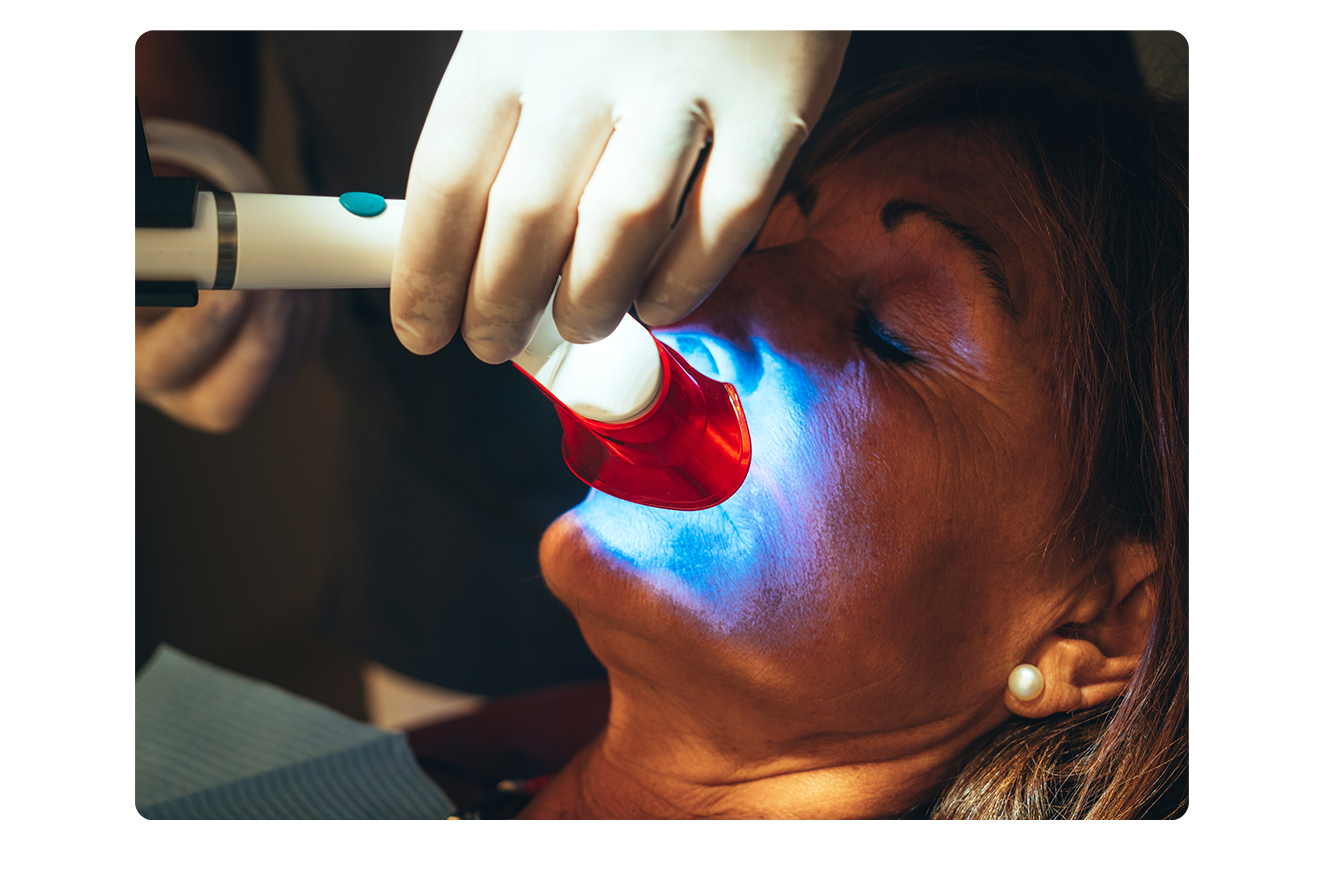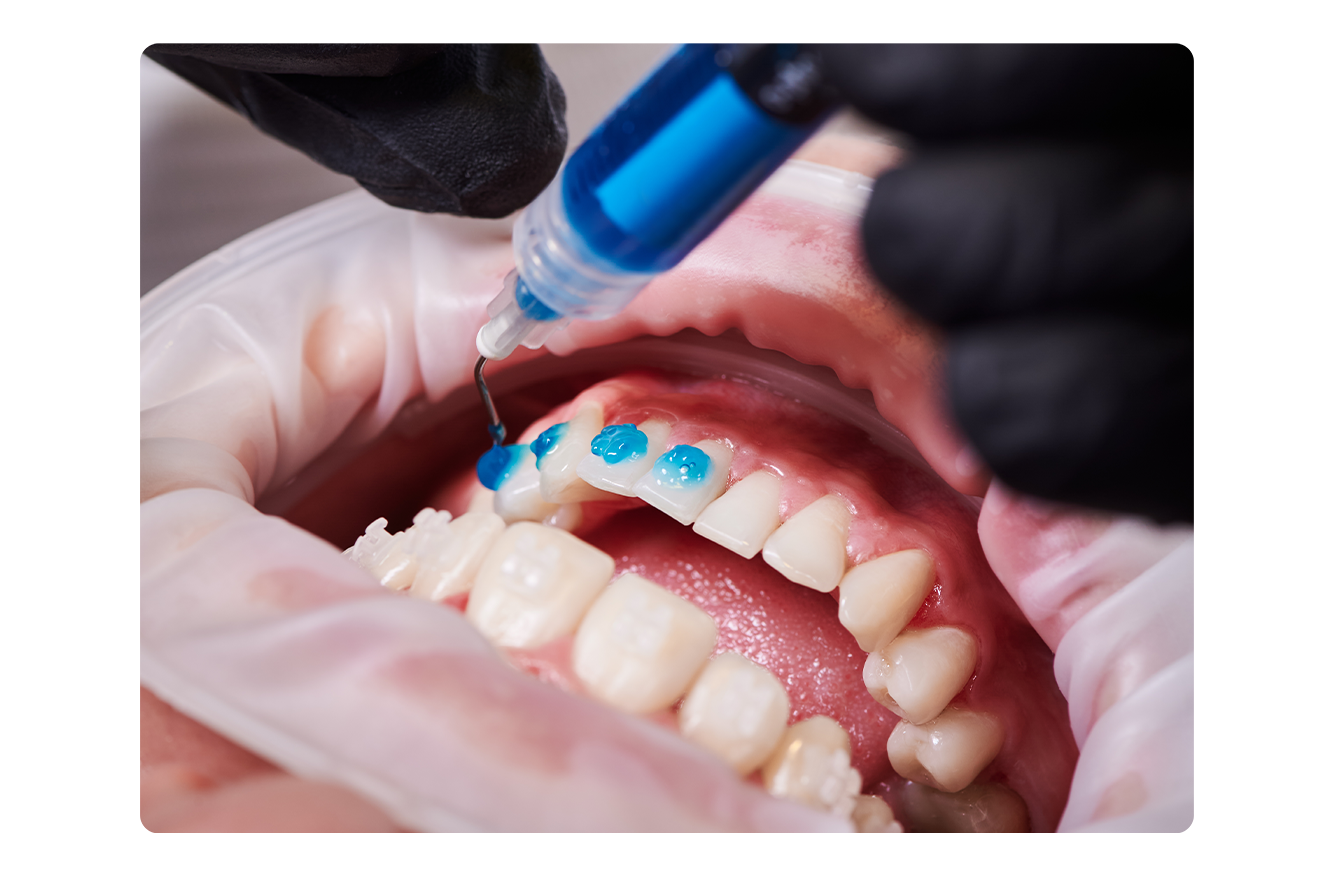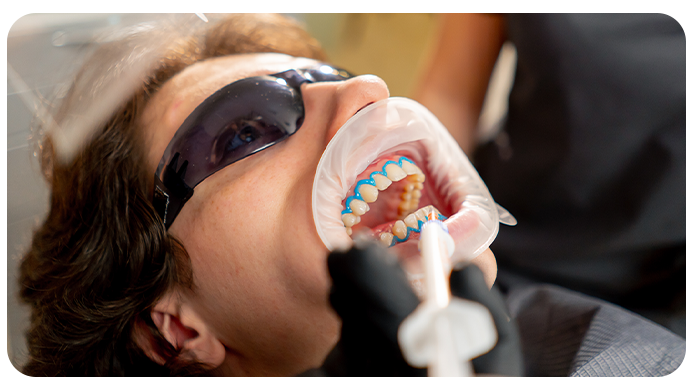Teeth Whitening
Teeth Whitening
1. Teeth Whitening Methods
1. Teeth Whitening Methods


2. Effects of Teeth Whitening
2. Effects of Teeth Whitening
3. Key Considerations
3. Key Considerations


4. Post-Whitening Care
4. Post-Whitening Care
Say Hello to a Bright Smile with LHC Clinic
Say Hello to a Bright Smile with LHC Clinic

Frequently Asked Questions
What Are the Early Signs of Gum Disease?
Why Are Color, Shape, and Symmetry Harmony Important in Dental Aesthetics? In smile design, achieving harmony in color, shape, and symmetry is key to creating a natural, balanced appearance. Discrepancies can make even healthy teeth look unattractive. Factors considered: • Matching the veneers or crowns to the natural tooth color and shape • Ensuring proportionate tooth sizes relative to facial features • Aligning teeth for overall symmetry This careful planning ensures the smile enhances the patient’s overall facial aesthetics.
Diastema (Gap Between Teeth) and Its Treatment
Smoking adversely affects oral health by: • Increasing the risk of gum disease • Delaying healing after dental procedures • Causing bad breath and staining teeth • Elevating oral cancer risk Quitting smoking improves oral health and the success of dental treatments.
Tooth Stains: Causes and Whitening Methods
